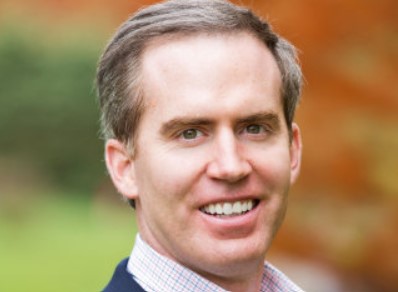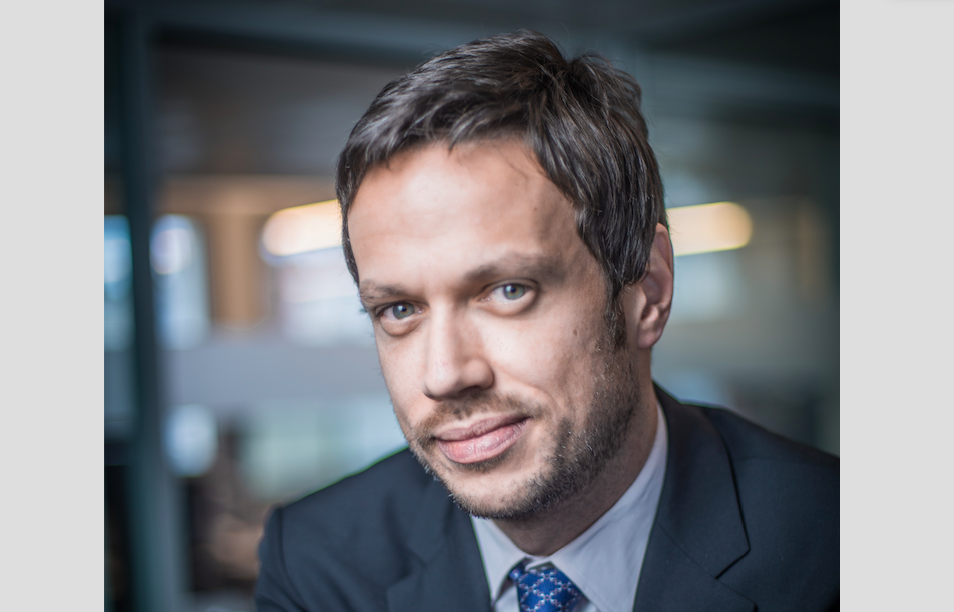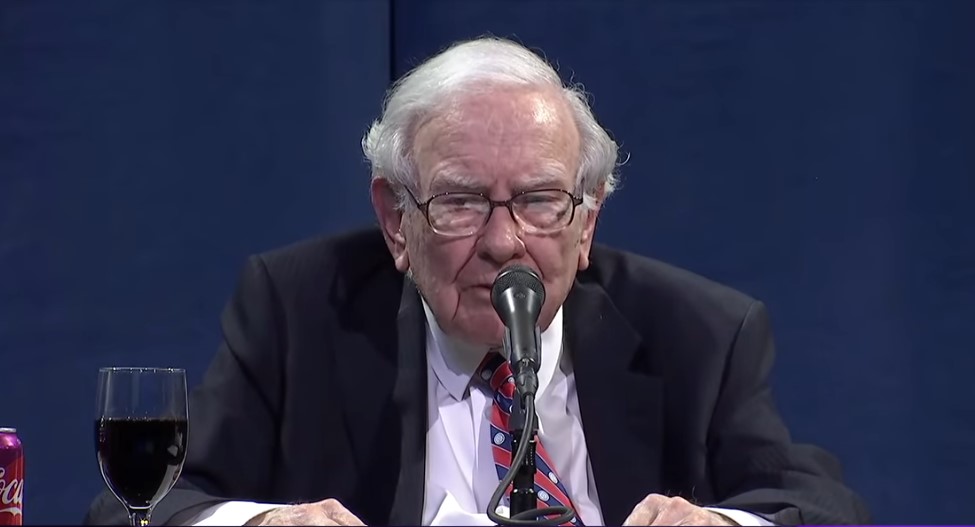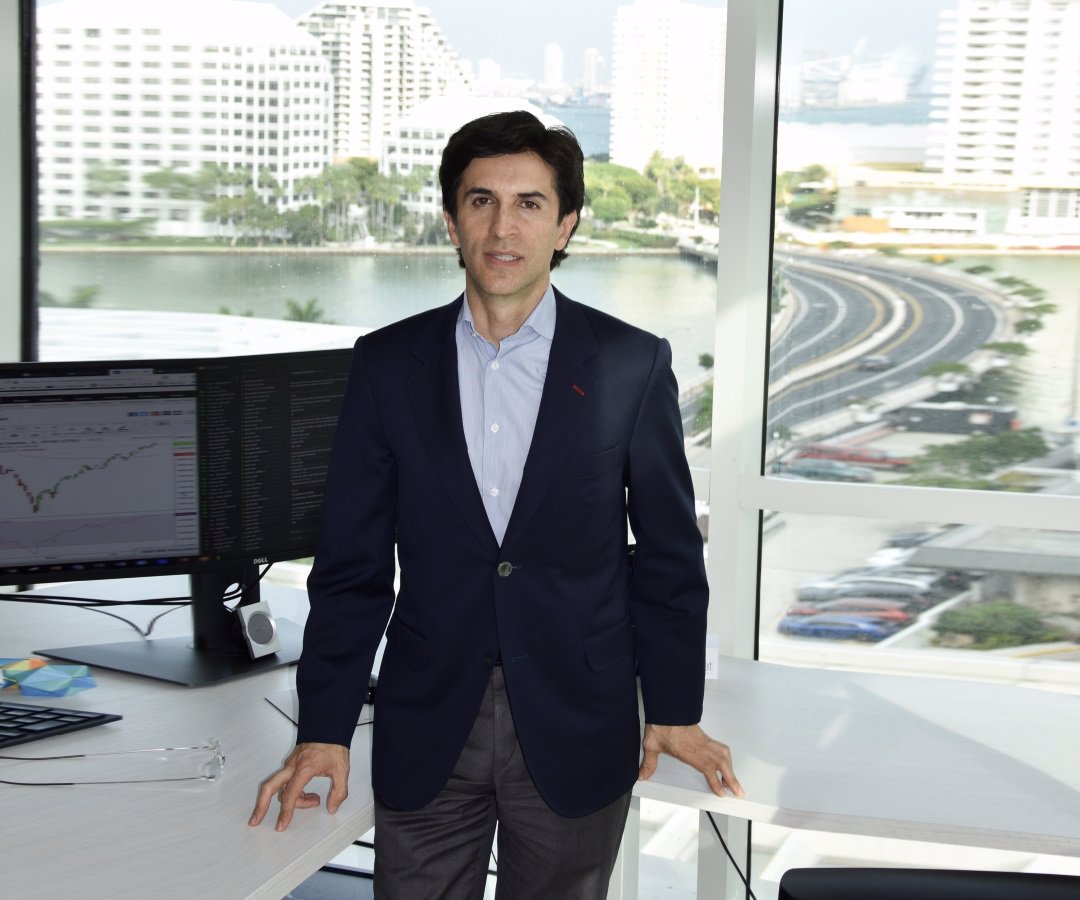Preparing to Re-Open after COVID-19
| By Magdalena Martínez | 0 Comentarios

“Sheltering in place” is like the cocoon stage in the life cycle of a butterfly. I think we would all agree being inside a cocoon feels boring, disheartening, and simply unmotivating—it’s like being frozen in place.
Don’t be fooled. While in the cocoon the soon to be butterfly is burning the midnight oil. Its body is engaged in the hard work of metamorphosis that will allow it to emerge stronger and more beautiful than its larval form.
Cocooned in our homes during the COVID-19 crisis, it’s tempting to hit the “pause” button—switch on Netflix, and wait for the crisis to pass.
Not so! This intermission in our professional lives is the perfect time to prepare for the next act in our careers—more robust and fulfilling than the last. Now is the time to work more, not less! Now is the time to stop being a caterpillar and turn your business into a butterfly.
After a much-needed season of rest and reflection, here are four critical action steps to help your insurance business emerge from the coronavirus crisis stronger than ever.
1. Prepare For the Changes Coming to your Industry.
Like many of my colleagues, I have watched my international business come to a screeching halt, while U.S. business adapts quickly to digital platforms. Life insurance companies are open for business, but the industry is making adjustments to its product portfolio, underwriting guidelines, and implementation processes to keep bringing in new business.
While we are all accustomed to doing business a certain way, being forced to step out of your comfort zone can tap into unforeseen opportunities. Here’s how to turn this to your advantage …
- Contact your underwriters and stay abreast of any product changes or limitations.
- Reach out to leaders in the industry to understand their short, middle and long term strategies
- Carefully analyze your pipeline and redirect your strategy and find viable solutions for each prospect.
2. Call Everyone!
Review every client folder, think about what they might need, and then start dialing! Check in on their health, their family, their morale in the face of shutdowns and quarantines. Your international clients may face much more strict lockdowns or dire healthcare conditions. Forget about making the sale and check that everyone is safe. By making the effort, you will stand out— a butterfly amid caterpillars.
I have spent my mandated shelter-in-place downtime calling every client on my list. Many of them are grateful for the outreach, and lo and behold: “I’m so glad you called.
This crisis has highlighted the fact that I absolutely need more insurance.” Win-win-win!
3. Revamp your Online Presence
The insurance industry moves like molasses in response to technological advances, preferring to rely on handshakes and in-person meetings. Ironically, these are exactly the avenues of connection COVID-19 has cut off!
The COVID-19 interregnum is a perfect opportunity to get ahead of the pack in terms of your digital footprint:
- Invest in a professional and accesible video conferencing software platform that will allow you to meet with your clients “face-to-face,” even if you can’t meet in person. PRO TIP: Don’t rely on the built-in webcam. A good camera and professional backdrop will enhance the meeting experience.
- If your website is more than two years old, consider updating it. A sleek appearance and user interface will facilitate digital marketing and sales.
- Bring your social media accounts into alignment with your brand across all channels (Facebook, Twitter, LinkedIn, Instagram, YouTube, etc.)
- Invest in content! YouTube videos, photographs, blogs, social media content, etc. Online, robust content denotes authority.
Outsource anything and everything that you tend to procrastinate or that falls outside your realm of expertise … but consider getting in front of the camera yourself. You are the face of your brand. Get it out there!
4. Shift to a Digital Sales Approach
Insurance agencies also tend to lag behind other industries in the implementation of digital systems. This becomes a bottleneck, slowing their growth and (again) closing them off to underserved foreign markets. New opportunities.
Digital initiatives should include a:
- New way to generate leads. You can only be at so many networking events at once … and right now, networking events are all on hold until further notice. Explore avenues of lead capture that don’t require your physical presence, like social media and content marketing. Make sure you have a targeted marketing strategy which allows to reach out to your contacts with valuable content that will capture their attention.
- New way to organize your marketing strategy. A digital client relationship management (CRM) system and a marketing automation platform can supercharge your business, allowing you to manage more clients with less effort. These tools can help you keep track of where each client is in the buyers’ journey, and allow you to fire off proposals, and email communications with one click.
5. Prepare to Reopen
Many businesses operate on thin margins with minimal safety nets, and insurance agencies are no exception. We have all felt the branch creak during this crisis, which makes now a perfect time to address the reopening of your agency.
This may not even be the last time we face shutdowns this year if a second wave of COVID hits us. Now is the time to take a good long look at your continuity plan, including:
- Provide a safe environment for your employees and engage with each of them personally.
- Invest time in adjusting financial projections and prepare for the inevitable shortfalls. Protect your payroll.
- As a leader, accept the new normal and embrace each day with enthusiasm and resilience.
——————————————————————————
I don’t want my business to inch and squirm back into the sunlight as coronavirus restrictions begin to lighten. I want to flex beautiful new wings and soar out of my cocoon, and I want the same for you! What steps can you take today to emerge from the pandemic stronger than before?
Column by Mary Oliva













